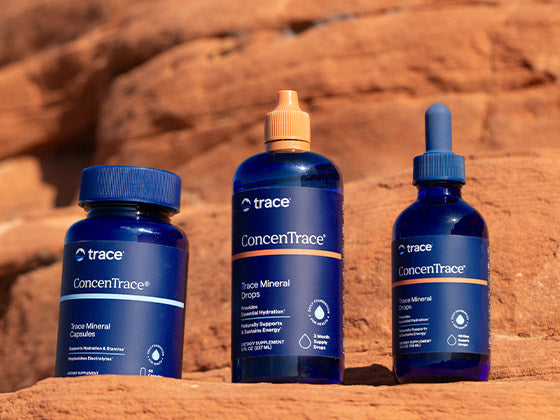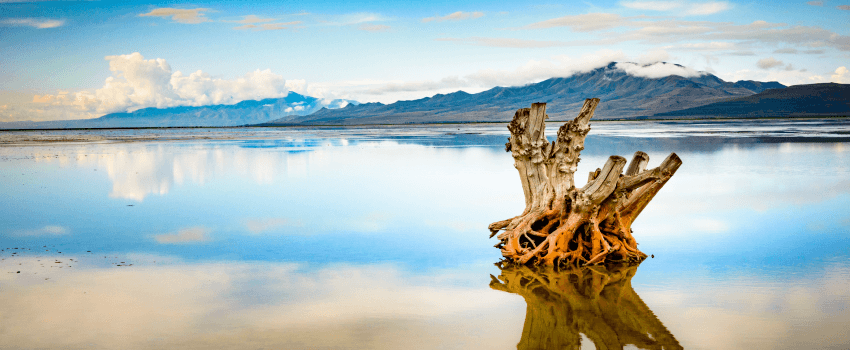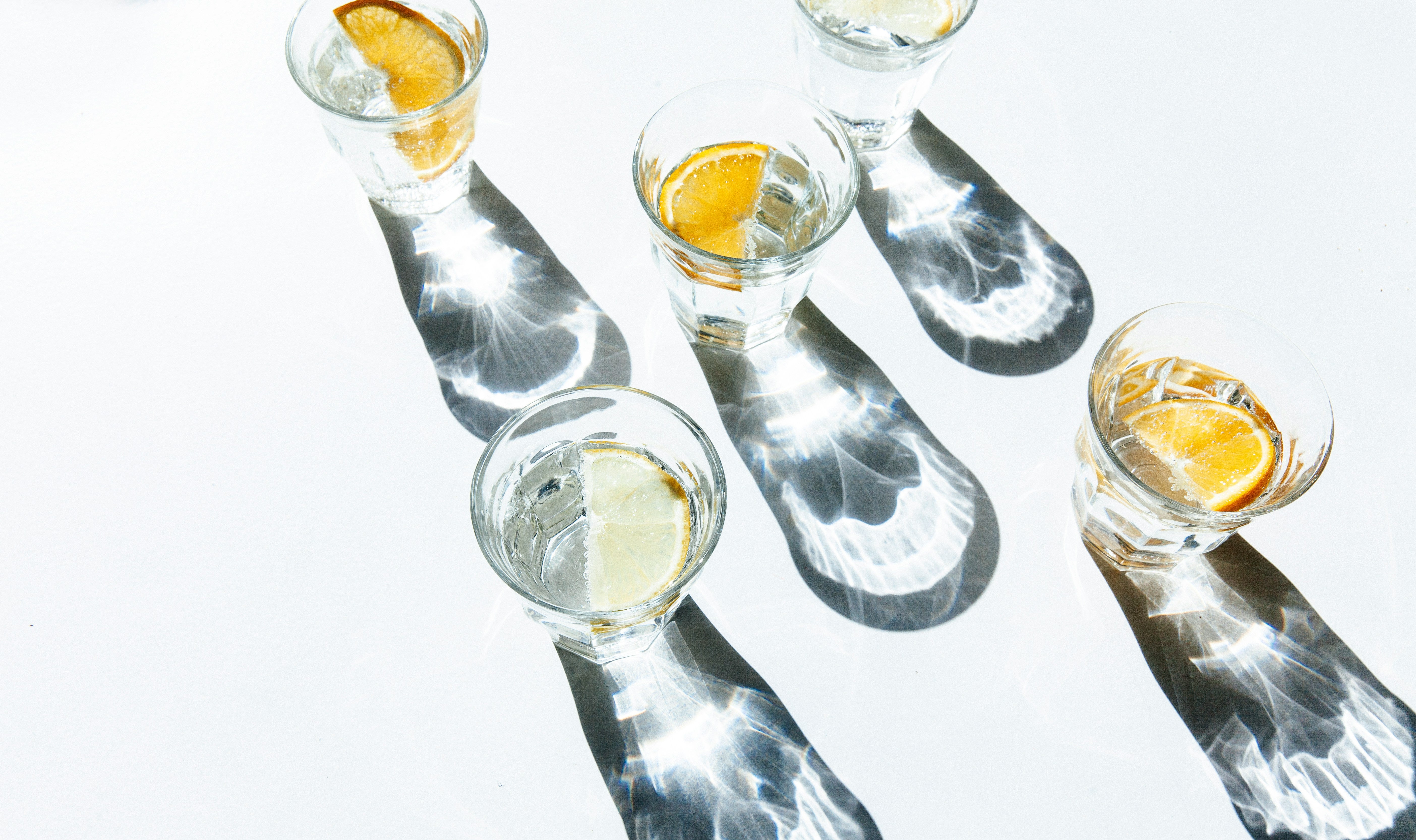By Dr. Chris Meletis N. D.
Minerals provide a bounty of healing properties that have scientifically validated their use for topical applications. These applications have been shown to have powerful local and systemic effects. The health of ones skin and hair reflects inner health. Indeed, we judge the health of animals and humans alike by their outward appearance of fur or skin, respectively.
The human skin is the largest organ of the body and is highly involved in the detoxification and maintenance processes of health. Skin not only excretes and eliminates toxins; it also has a tremendous capacity to absorb health supportive substances. The pharmaceutical industry frequently takes advantage of the skin’s absorptive capacity with drug therapies. Such therapies include the transdermal delivery of drugs like nicotine, hormone patches, progesterone creams and so forth. Thus, it is apparent that natural therapies can have pronounced and powerful health effects.
Clinical researchers have continued to document the clinical findings that have been observed for decades when it comes to the healing properties of topical minerals. Many of the studies on therapeutic baths have used minerals from the Dead Sea, an ancient inland sea. However, a similar and impressive array of minerals occurs in the other inland sea, the Great Salt Lake. Indeed, the high presence of magnesium from both inland seas appears to be the foremost active mineral. A comparison chart below clearly reflects the mineral analysis and similarity (see chart below). The following survey of medical research reflects a few of the many therapeutic roles for mineral salt baths. Of particular interest are the powerful effects of magnesium salts that are prevalent to both Utah’s Inland Sea and the Dead Sea that exhibit favorable effects in inflammatory disease.
Arthritis:
103 patients with arthritic symptoms were treated for 1-2 weeks. They received various bath treatments with the ionic trace minerals. The study showed that the higher concentration baths offered the most impressive results. Those with the greatest physical limitation had the most pronounced improvement. Over 80 percent of the patients reported having less pain, 70 percent reported improved mobility and 60 percent were able to decrease analgesic use (i). In a different double-blind study, the use of warm mineral baths with Dead Sea salt demonstrated a lasting effect for patients suffering from degenerative arthritis. (ii)
Skin:
In a clinical trial conducted by a leading research university in Germany, patients with atopic (eczema) skin disorders immersed their arms in a magnesium chloride rich bath. The participants immersed one arm in tap water the other in the therapeutic magnesium rich bath. The findings showed that skin hydration was improved and skin roughness and inflammation was reduced. The researchers stated “magnesium salts are known to bind water, influence epidermal proliferation and differentiation and enhance barrier repair.” (iii)
Another study showed that magnesium salts when exposed to both psoriatic and healthy skin cells provided an important anti-proliferative effect (iv). Yet another study showed that the effects of mineral baths from the Dead Sea had lasting effects for upwards of a month after treatment. (v)

References
(i) Dead Sea Balneoptherapy is Osteoarthritis, Dr. Machety (Hasharon Hospital, Petach-Tikva, Israel). Published in Proceedings of International Seminar on Treatment of Rheumatic Diseases. John Wright-PSG ,1932.
(ii) Sukenik S, Mayo A, Neumann L et al., Dead Sea bath salts for osteoarthritis of the knee, Harefuah 1995; 129(3-4):100-3, 159, 158.
(iii) Proksch E, Nissen HP et al., Bathing in a magnesium-rich Dead Sea salt solution improves skin barrier function, enhances skin hydration, and reduces inflammation in atopic dry skin. Int J Dermatol 2005; 44(2):151-7.
(iv) Levi-Schaffer F, Shani J, Politi Y et al., Inhibition of proliferation of psoriatic and healthy fibroblasts in cell culture by selected Dead –sea salts. Pharmacology 1996; 52(5):321-8.
(v) Sukenik S, Neumann L, Buskila D et al., Dead Sea bath salts for the treatment of rheumatoid arthritis. Clin Exp Rheumatol 1990; 8(4):353-7.
(vi) The Utah Department of Natural Resources, Utah Geological and Mineral Survey Public Information Series #8, 1990.
(vii) Gwynn, J. Wallace, The Utah Department of Natural Resources, Utah Geological Public Information Series 51, 1997.







